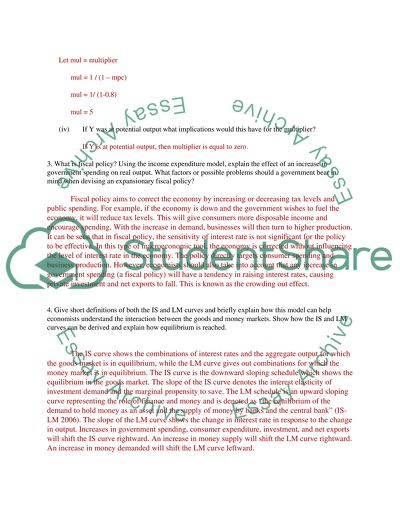Cite this document
(What Is Meant by GDP and How Is it Measured Assignment - 2, n.d.)
What Is Meant by GDP and How Is it Measured Assignment - 2. Retrieved from https://studentshare.org/macro-microeconomics/1530045-macroeconomics
What Is Meant by GDP and How Is it Measured Assignment - 2. Retrieved from https://studentshare.org/macro-microeconomics/1530045-macroeconomics
(What Is Meant by GDP and How Is It Measured Assignment - 2)
What Is Meant by GDP and How Is It Measured Assignment - 2. https://studentshare.org/macro-microeconomics/1530045-macroeconomics.
What Is Meant by GDP and How Is It Measured Assignment - 2. https://studentshare.org/macro-microeconomics/1530045-macroeconomics.
“What Is Meant by GDP and How Is It Measured Assignment - 2”, n.d. https://studentshare.org/macro-microeconomics/1530045-macroeconomics.


